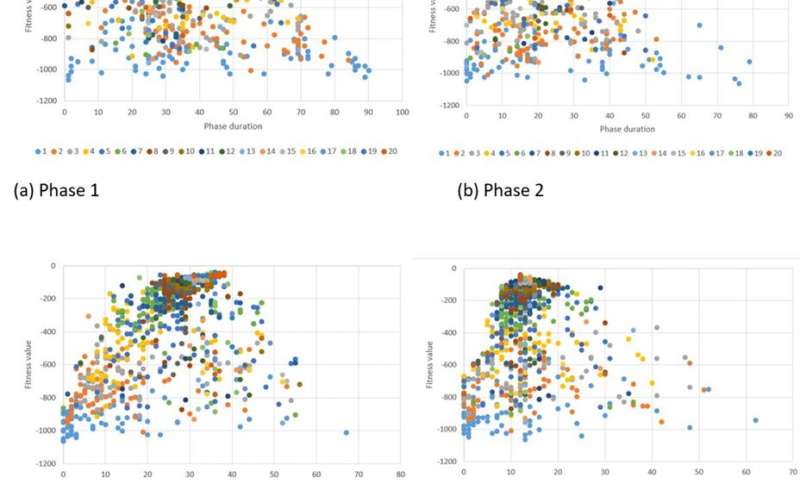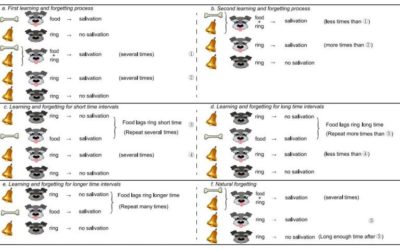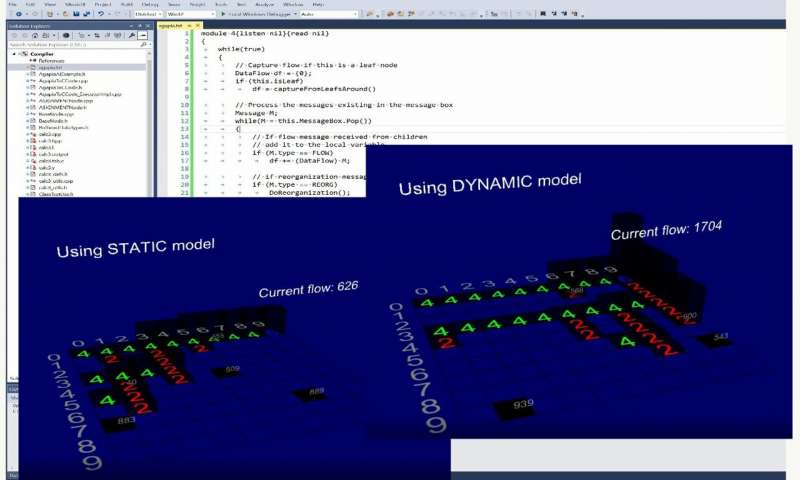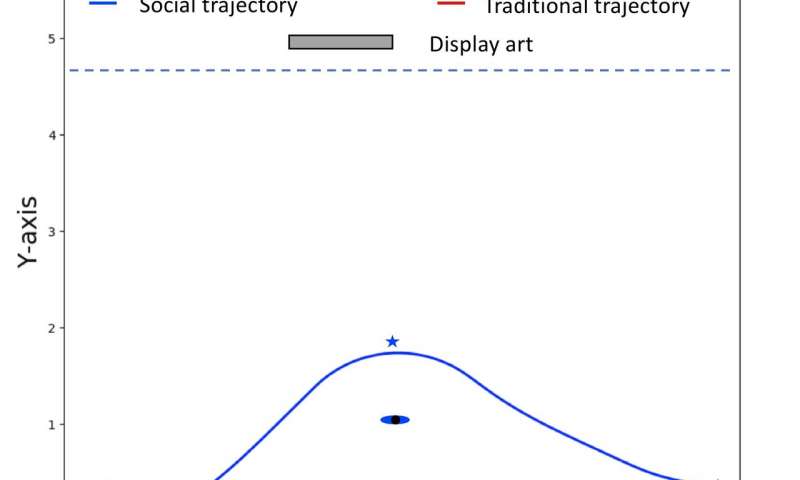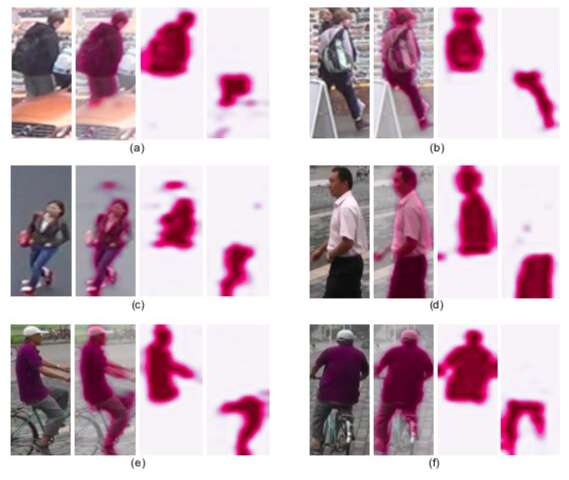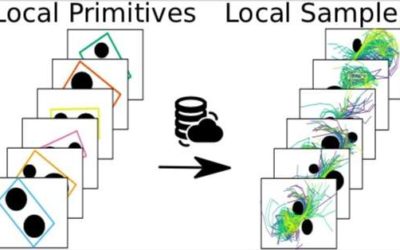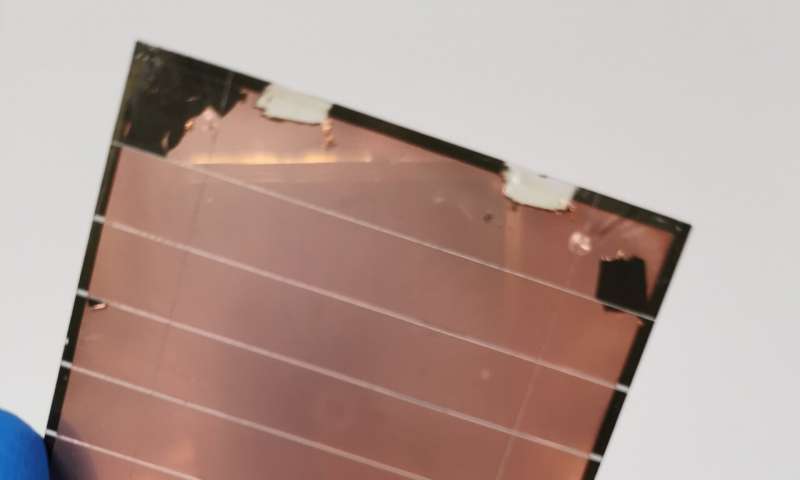Researchers at the University of Technology Sydney and DATA61 have recently developed a new method for optimizing the timing of signals in urban environments under severe traffic conditions. Their approach, presented in a paper pre-published on arXiv, entails the use...
TECHXPLORE
A new memristor-based neural network inspired by the notion of associative memory
Classical conditioning is a psychological process through which animals or humans pair desired or unpleasant stimuli (e.g., food or a painful experiences) with a seemingly neutral stimulus (e.g., the sound of a bell, the flash of a light, etc.) after these two stimuli...
A new model introduces the concept of adaptive virtual organisms (VOs)
Researchers at the University of Bucharest have recently developed a compositional model for complex hardware-software binding. Their model, outlined in a paper pre-published on arXiv, introduces the notion of a "virtual organism" (VO) that resides somewhere between...
A multi-objective optimization approach for socially aware robot navigation
Mobile robots are gradually making their way into a number of human-populated environments, including hospitals, malls and people's homes. In order for these robots to interact with humans in their surroundings, they should respect a number of unspoken social norms...
A multi-representational convolutional neural network architecture for text classification
Over the past decade or so, convolutional neural networks (CNNs) have proven to be very effective in tackling a variety of tasks, including natural language processing (NLP) tasks. NLP entails the use of computational techniques to analyze or synthesize language, both...
A multi-scale body-part mask guided attention network for person re-identification
Person re-identification entails the automated identification of the same person in multiple images from different cameras and with different backgrounds, angles or positions. Despite recent advances in the field of artificial intelligence (AI), person...
A global motion-planning approach based on local experiences
While humans can execute motions naturally and instantaneously, robots require advanced motion planning strategies in order to navigate their surroundings. Motion planning is thus a key area of robotics research, aimed at developing tools and techniques that allow...
A hierarchical RNN-based model to predict scene graphs for images
Researchers at Shanghai University have recently developed a new approach based on recurrent neural networks (RNNs) to predict scene graphs from images. Their approach includes a model made up of two attention-based RNNs, as well as an entity localization component.
All-perovskite tandem solar cells with 24.8% efficiency
A team of researchers at Nanjing University in China and the University of Toronto in Canada have recently fabricated all-perovskite tandem solar cells (PSCs), a type of solar cell with a key perovskite structured component. These new solar cells, presented in a paper...
A method for self-supervised robotic learning that entails setting feasible goals
Reinforcement learning (RL) has so far proved to be an effective technique for training artificial agents on individual tasks. However, when it comes to training multi-purpose robots, which should be able to complete a variety of tasks that require different skills,...

